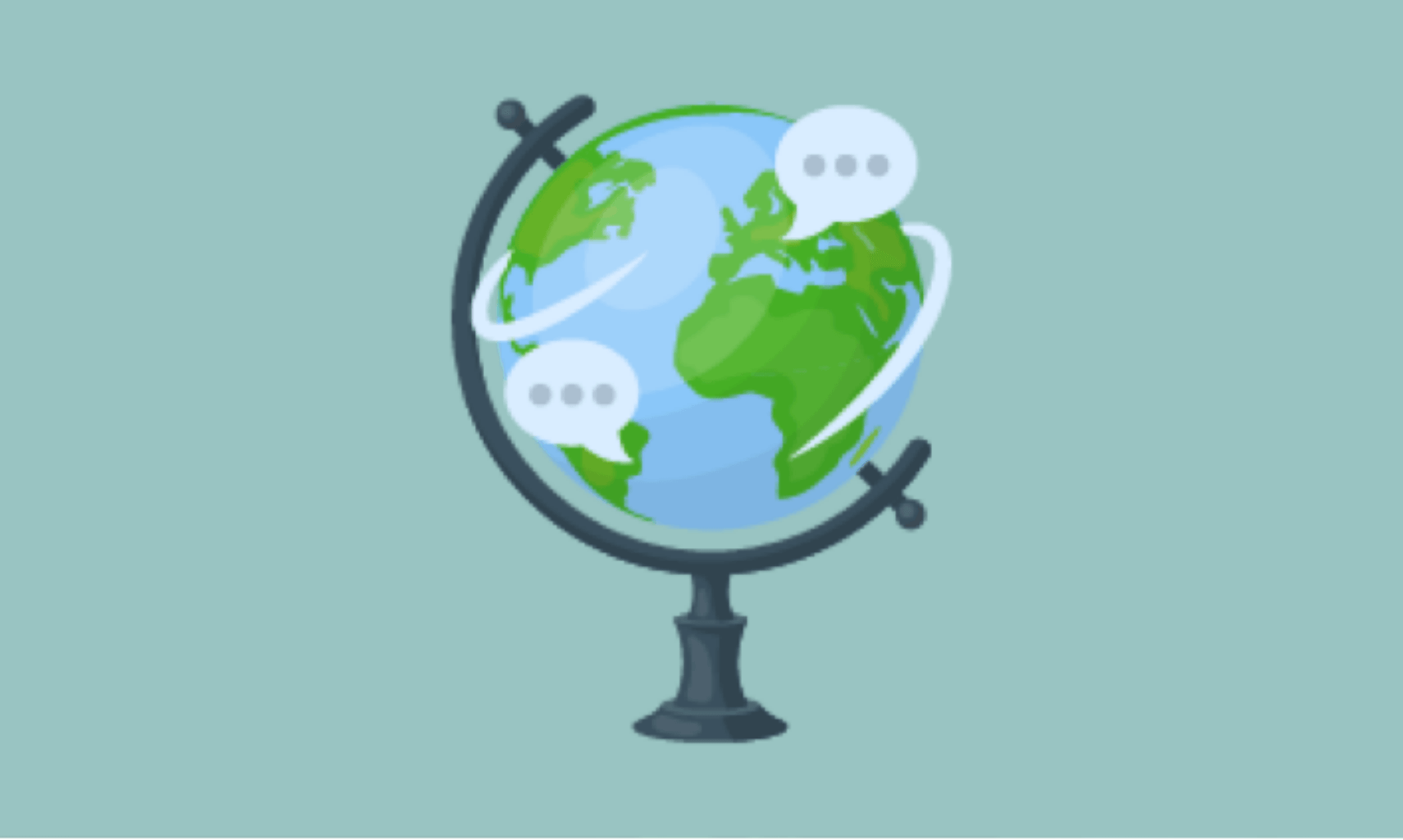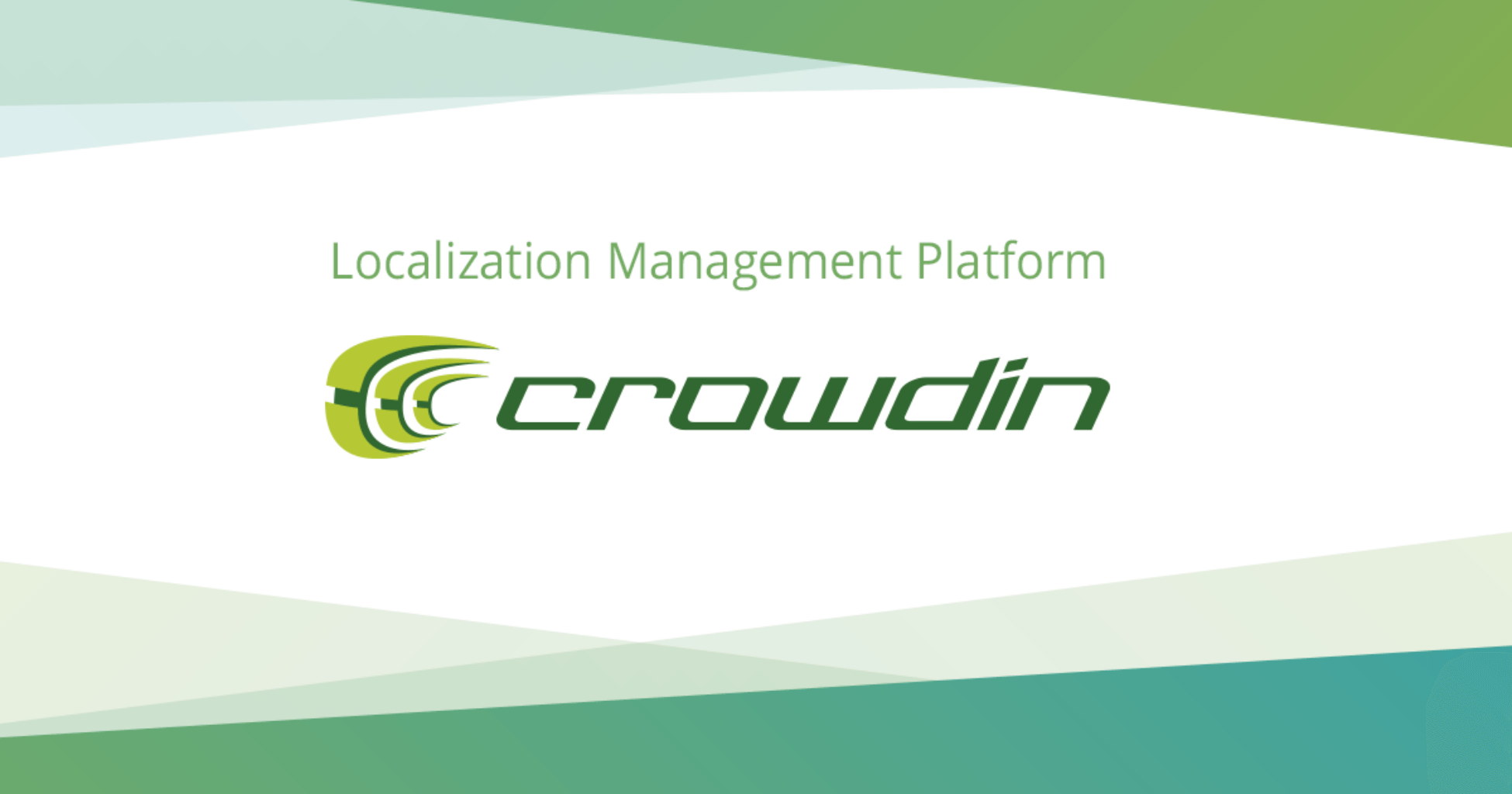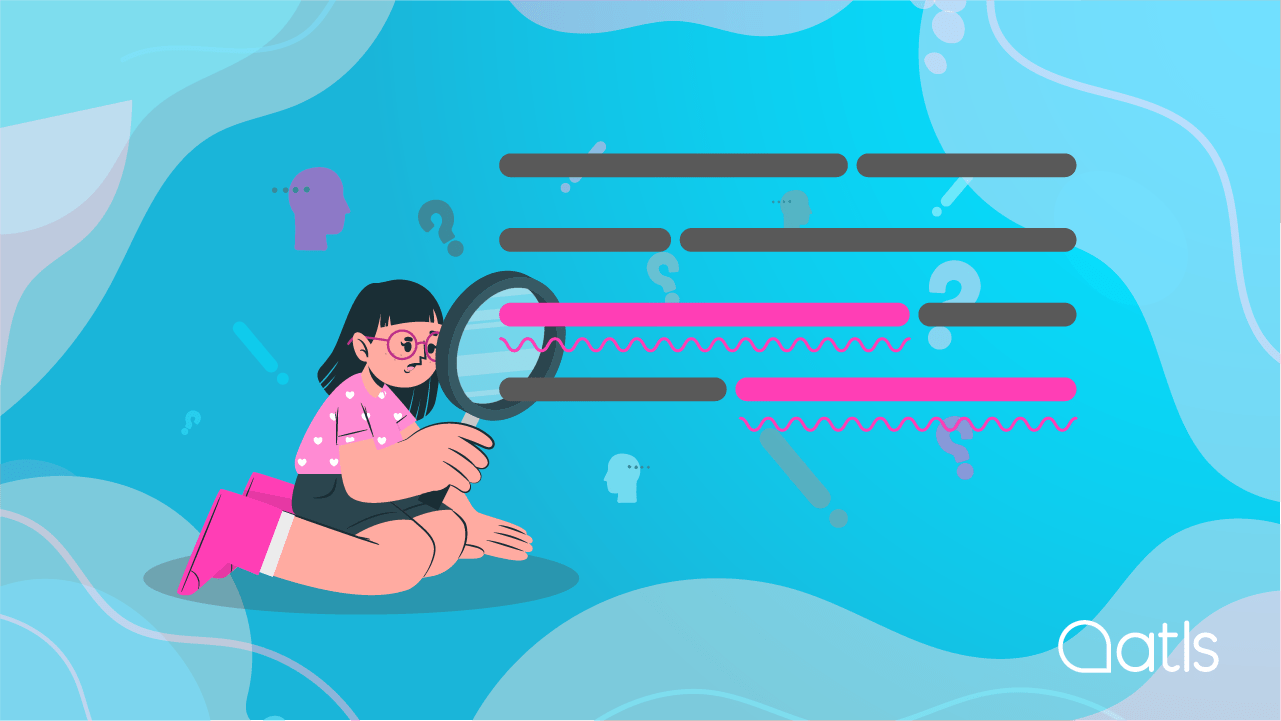What you need to know before creating a multi-lingual website

Translating a website is essential for any company aiming to expand its business to international markets. However, launching a multilanguage website requires careful planning in order to avoid errors in translation and to ensure that the content is optimised for the target users.
What should we take into account when launching our website in several languages?
1. Avoid machine translation
The main aim is to ensure that users find the content easy to understand. The website should, therefore. be translated into the target user language, it must be well-translated and it should be adapted according to the target language and culture. A good example is the case of the nomenclature used in Spanish for referring to the ID document, NIF/NIE, and how other countries refer to the VAT number. A machine translation of the NIF/NIE may offer a translation that is difficult to understand for the target user.
Users are quick to detect a machine translation and this is when their opinion of the company's professionalism and the quality of its products and services may be compromised.
2. Avoid the publication of badly translated content
If you have a webpage that hasn't been translated or is only partially translated, don't publish the page. Publish the content only when the text is ready for publication and the translation has been proofread. This way, when users enter the website they won't be confused by mixed languages or bad translations, which creates a bad user experience and is likely to make the user leave the page.
3. Take SEO into account
Before doing the translation, keep SEO in mind. The translation of content should always include the translation of keywords, descriptions and meta tags to ensure a good international SEO.
To guarantee a correct translation of keywords, it is advisable to hire professional translators who will take into account how your target users are likely to search for your brand, product or services.
4. Translate the alt and title attributes of images
Again, in order to optimise your SEO, it is essential to translate the alt and title attributes of any image you upload to the website.
5. Optimise the hreflang tag
Google takes into account the Hreflang tag for SEO. This is why we must include it on every page of the website and link it, by means of a hyperlink, to the other language versions. Let us imagine that we have published our site in Spanish and English; In the Spanish version we need to place a link to the English version, and vice versa.
6. Don't forget the redirections
The language variable will require the website architecture to be restructured. You will probably have to change the content localisation that was previously in a root directory and add it to a folder, i.e., go from “www.sitioweb.com/contenido” to “sitioweb.com/ES/contenido”.
So, if you want to translate your website, make sure the content is optimised for your target users. This is why you should hire a professional translating service specialised in marketing. Contact the team at AT Language Solutions!




